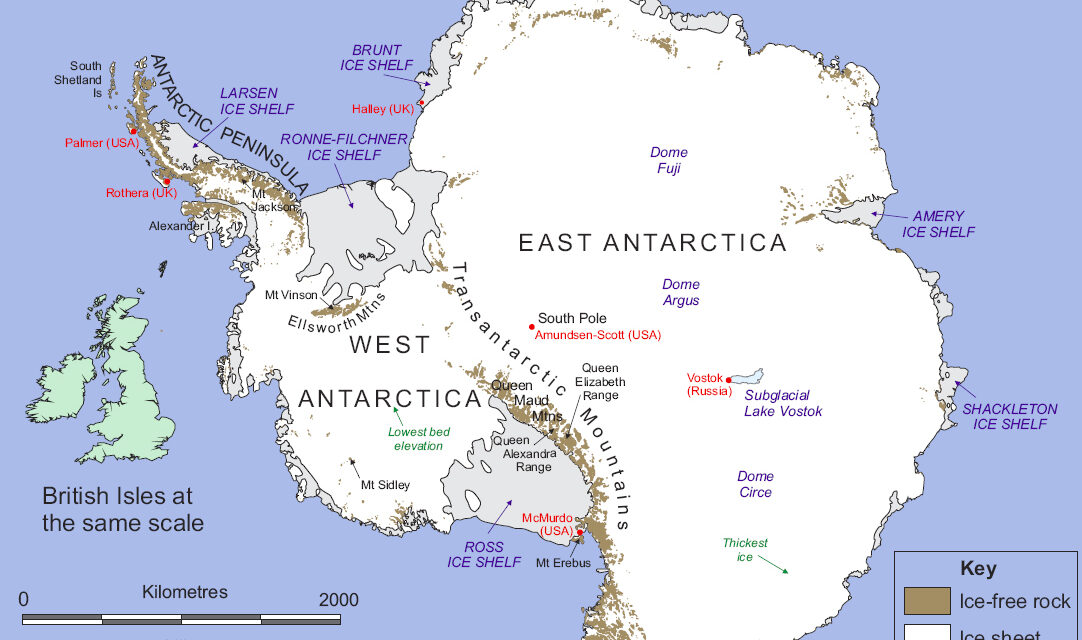Via – FOX NEWS
Upside-down “rivers” of warm ocean water may be one of the causes of Antarctica’s ice shelves breaking up, leading to a rise in sea levels. But a new study suggests an increase in sea ice may lead to a much more devastating change in the Earth’s climate — another ice age.
Using computer simulations, the research suggests that an increase in sea ice could significantly alter the circulation of the ocean, ultimately leading to a reverse greenhouse effect as carbon dioxide levels in the ocean increase and levels in the air decrease
“One key question in the field is still what caused the Earth to periodically cycle in and out of ice ages,” University of Chicago professor and the study’s co-author, Malte Jansen, said in a statement. “We are pretty confident that the carbon balance between the atmosphere and ocean must have changed, but we don’t quite know how or why.”
The last major ice age ended at the end of the Pleistocene era, about 2.5 million years ago, as glaciers have periodically grown and then gotten smaller. Researchers believe that changes to the Earth’s orbit may be partly responsible for some of the Earth’s cooling, but additional factors have likely played a part, Jensen added.
“The most plausible explanation is that there was some change in how carbon was divided between the atmosphere and the ocean,” Jansen continued. “There’s no shortage of ideas about how this happens, but it’s not quite clear how they all fit together.”
Researchers also believe a mini-ice age may have occurred roughly 12,800 years ago. It likely stems from an asteroid impact that “rocked the Northern Hemisphere” and led to the Younger Dryas climate event.
Jansen pointed out that the Southern Ocean around Antarctica “plays a key role in ocean circulation” due to the deep waters in the region, leading it to have “outsize[d] consequences.”
Read More HERE






Recent Comments